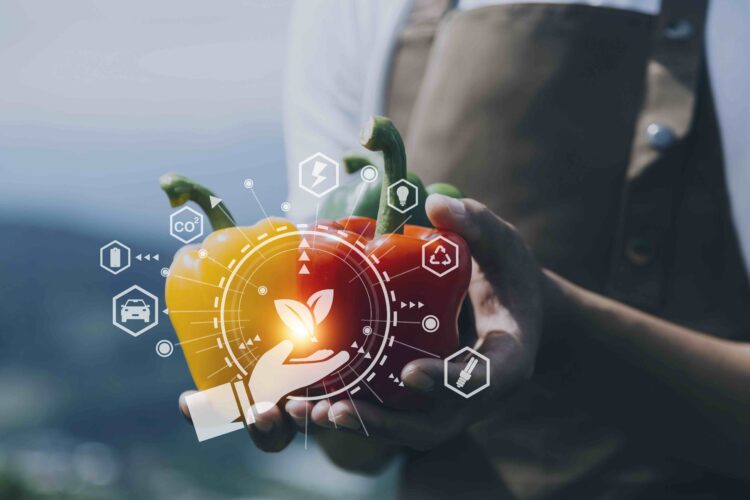The challenge of ensuring food security for a growing global population is one of the defining issues of our time. With more than 9 billion people expected by 2050, the need for sustainable food systems is urgent. Hunger remains a persistent problem in many regions, but technology is reshaping agriculture and food distribution in ways that bring hope. From precision farming to artificial intelligence, innovation is reducing waste, boosting yields, and making nutritious food more accessible.
1. Precision Agriculture and Smart Farming
Traditional farming has often relied on guesswork, leading to overuse of water, fertilizer, and pesticides. Today, precision agriculture uses sensors, drones, GPS, and satellite imagery to optimize every aspect of crop production. Farmers can monitor soil health, moisture levels, and plant growth in real time, applying just the right amount of inputs. This not only increases productivity but also conserves resources ensuring food security while protecting ecosystems.
2. Artificial Intelligence in Agriculture
AI-powered tools are helping farmers make better decisions. Machine learning models can predict weather patterns, pest infestations, and crop diseases, allowing for faster intervention. AI also supports supply chain optimization, ensuring that harvested crops reach markets quickly, reducing post-harvest losses that account for nearly one-third of global food waste.
3. Biotechnology and Crop Improvement
Genetic engineering and CRISPR technologies are creating more resilient crops. Drought-tolerant maize, pest-resistant rice, and nutrient-enriched cassava are already making a difference in parts of Africa, Asia, and Latin America. These advances are critical for regions most affected by climate change, where traditional crops struggle to survive.
4. Vertical Farming and Controlled Environments
In cities where land is scarce, vertical farms and hydroponic systems are transforming food production. By growing crops indoors under controlled light, temperature, and humidity, these farms produce high yields year-round. They also reduce the need for transport, since food can be grown close to urban consumers. This is especially important in addressing hunger in megacities where supply chains are fragile.
5. Blockchain and Transparent Food Systems
Blockchain technology is improving trust and efficiency in food distribution. By providing transparent records of where food comes from, how it is transported, and when it was harvested, blockchain reduces fraud and ensures food safety. It also enables faster delivery of aid, since agencies can trace supply chains and cut out inefficiencies.
6. Reducing Food Waste with Technology
Globally, over 1.3 billion tons of food is wasted each year. Apps and platforms are now connecting surplus food from restaurants, farms, and supermarkets with consumers and charities. Cold chain technologies are also extending the shelf life of perishable goods, ensuring more food reaches those who need it.
7. The Role of Data and Connectivity
The rise of mobile phones and internet access in rural areas has been a quiet revolution. Farmers can now access real-time market prices, weather forecasts, and farming advice. This connectivity empowers smallholder farmers who produce a significant share of the world’s food to improve incomes and resilience.
Technology is not a silver bullet, but it is a powerful enabler. For global food security, innovation must be paired with supportive policies, investments in infrastructure, and equitable access. The future of food will depend on how well governments, businesses, and communities work together to scale these technologies.
If harnessed responsibly, technology offers a path toward a world where hunger is no longer a daily reality. The combination of human ingenuity and digital innovation is steadily moving us closer to a sustainable food-secure future.
Read more on Tech Gist Africa:
Africa’s Growing Role in Global Tech Partnerships: Collaboration with Silicon Valley and Beyond
Global Startup Ecosystems: Key Drivers of Innovation in Emerging Markets
Corporate Innovation: How Major Companies are Fostering a Culture of Disruption










